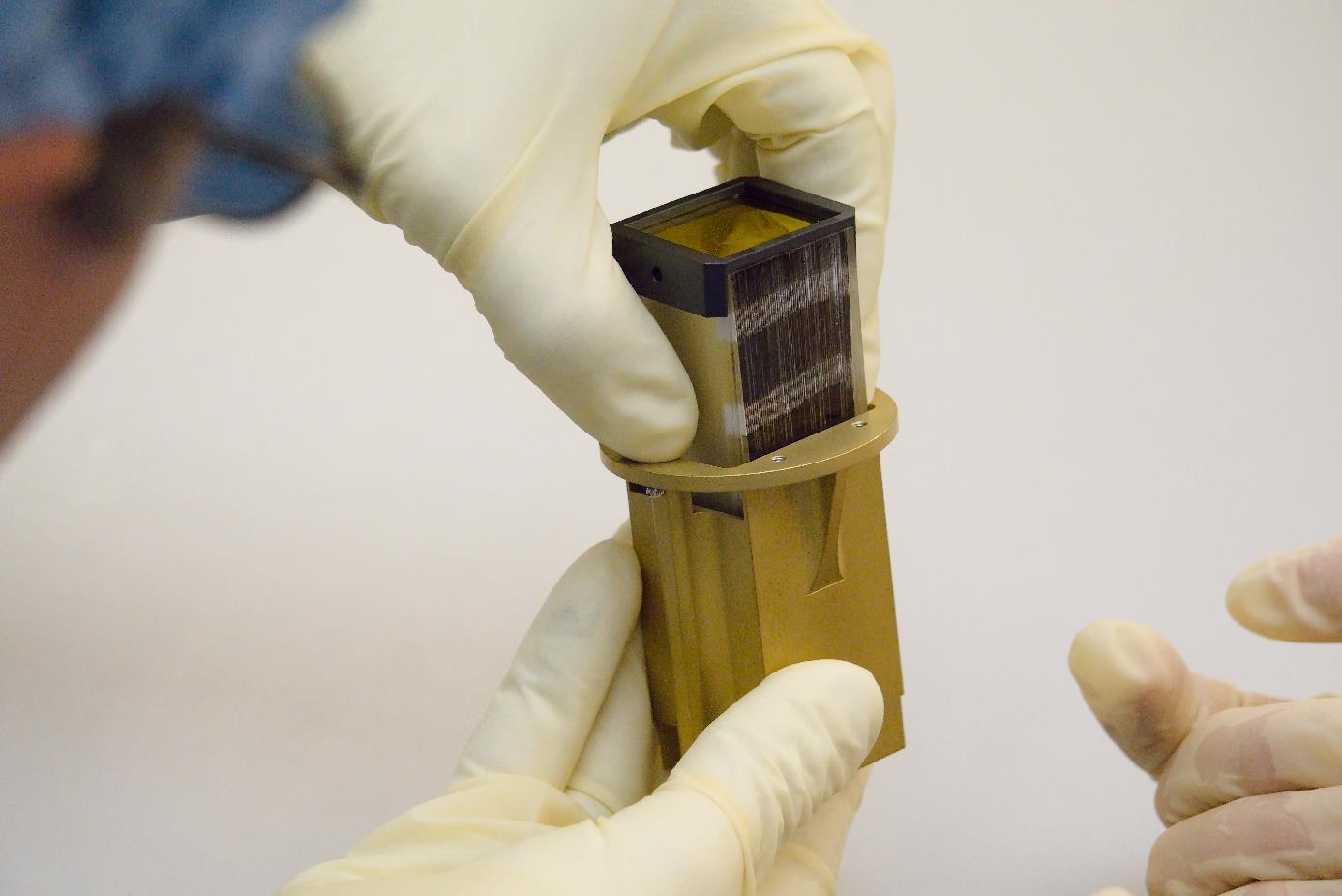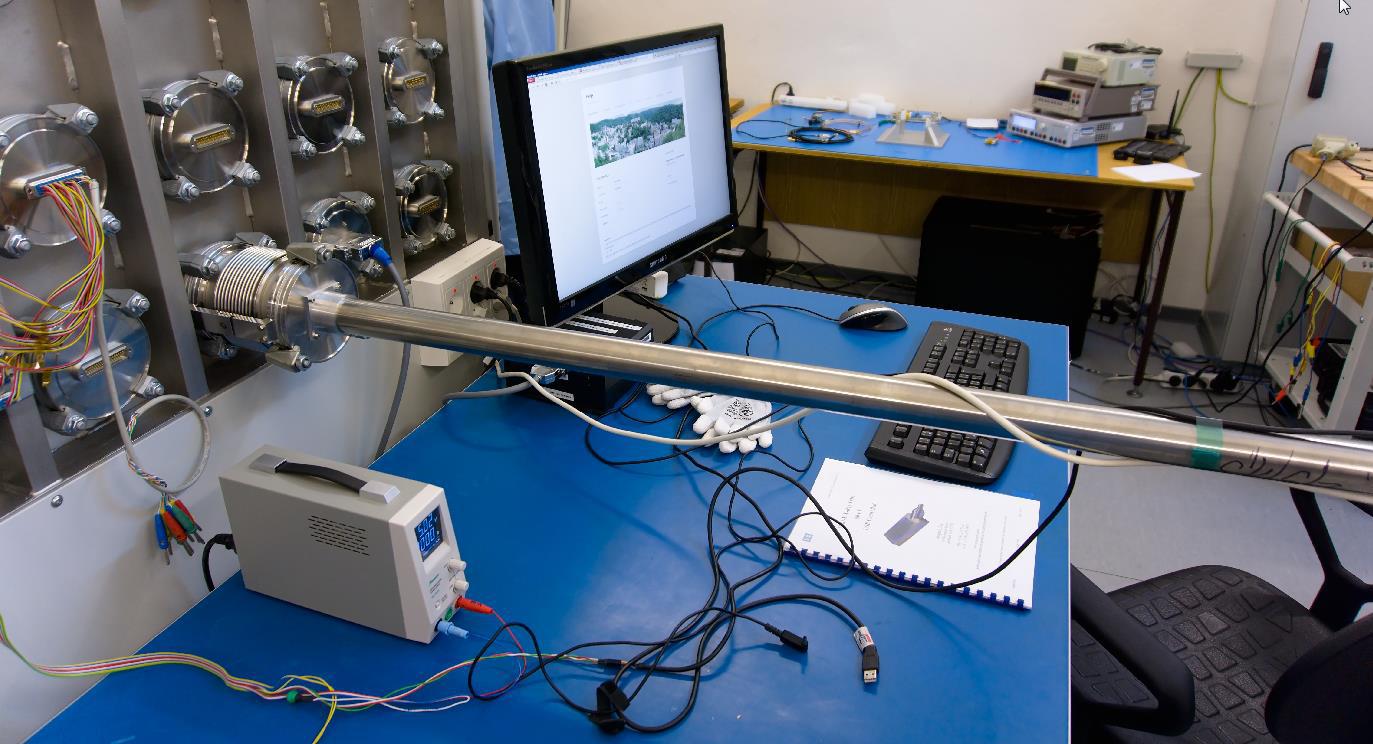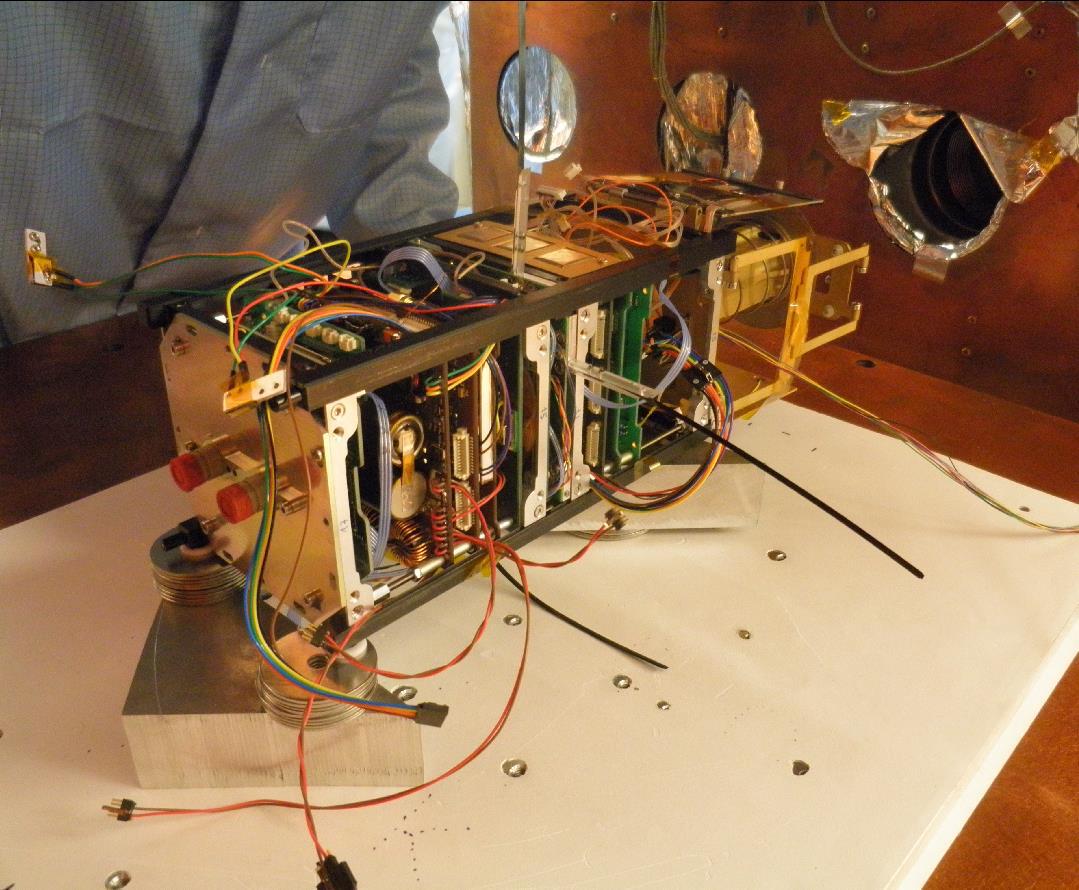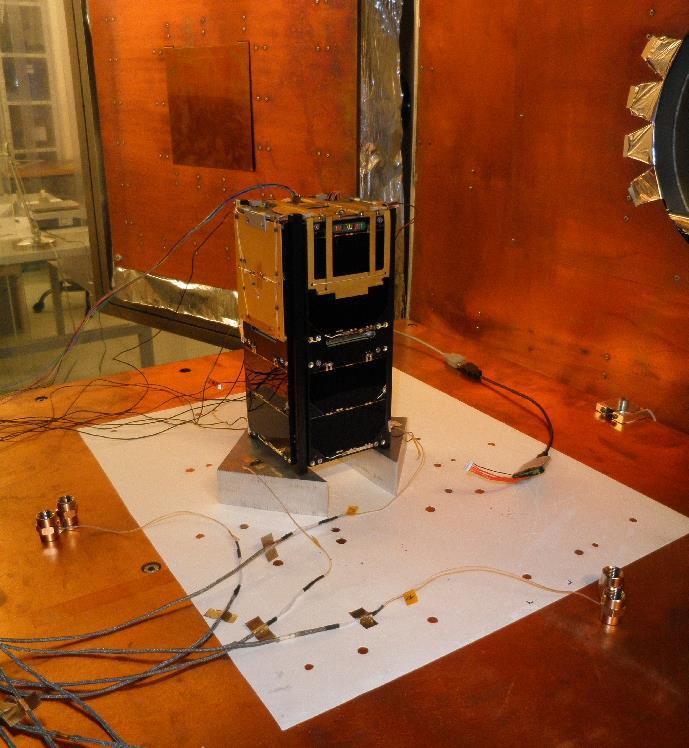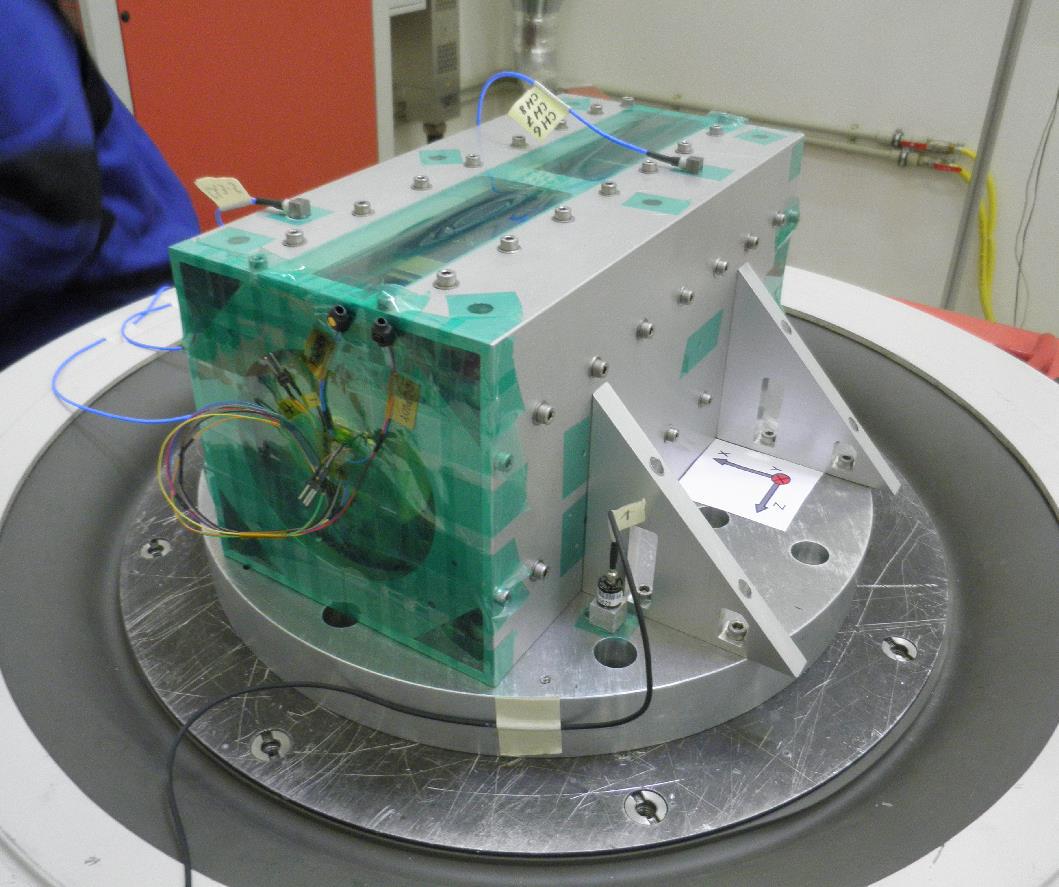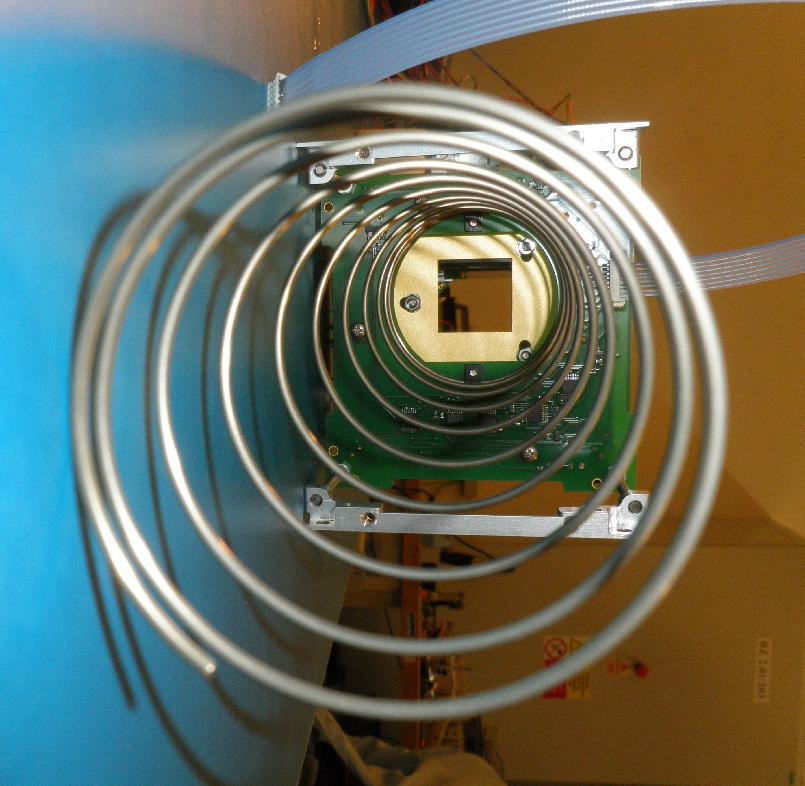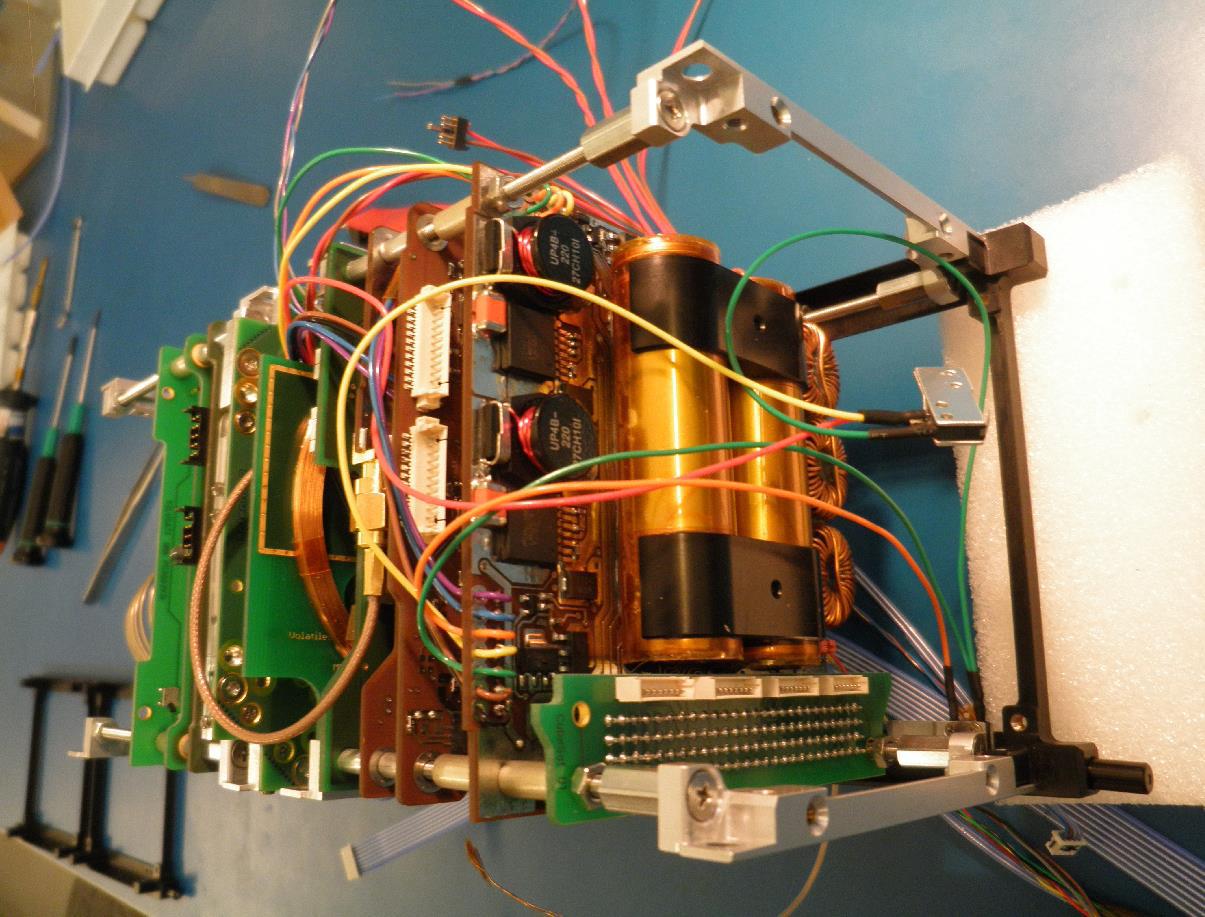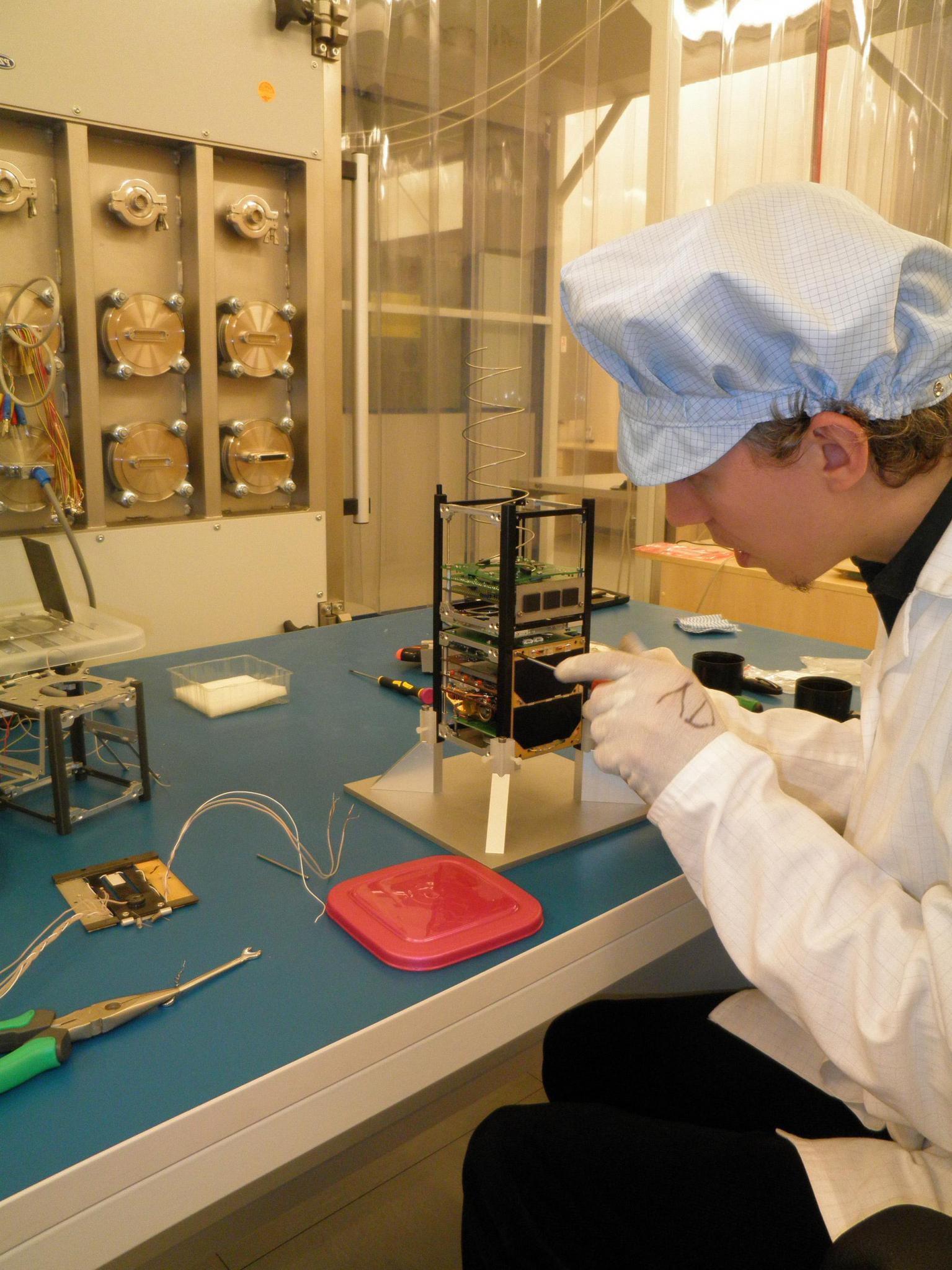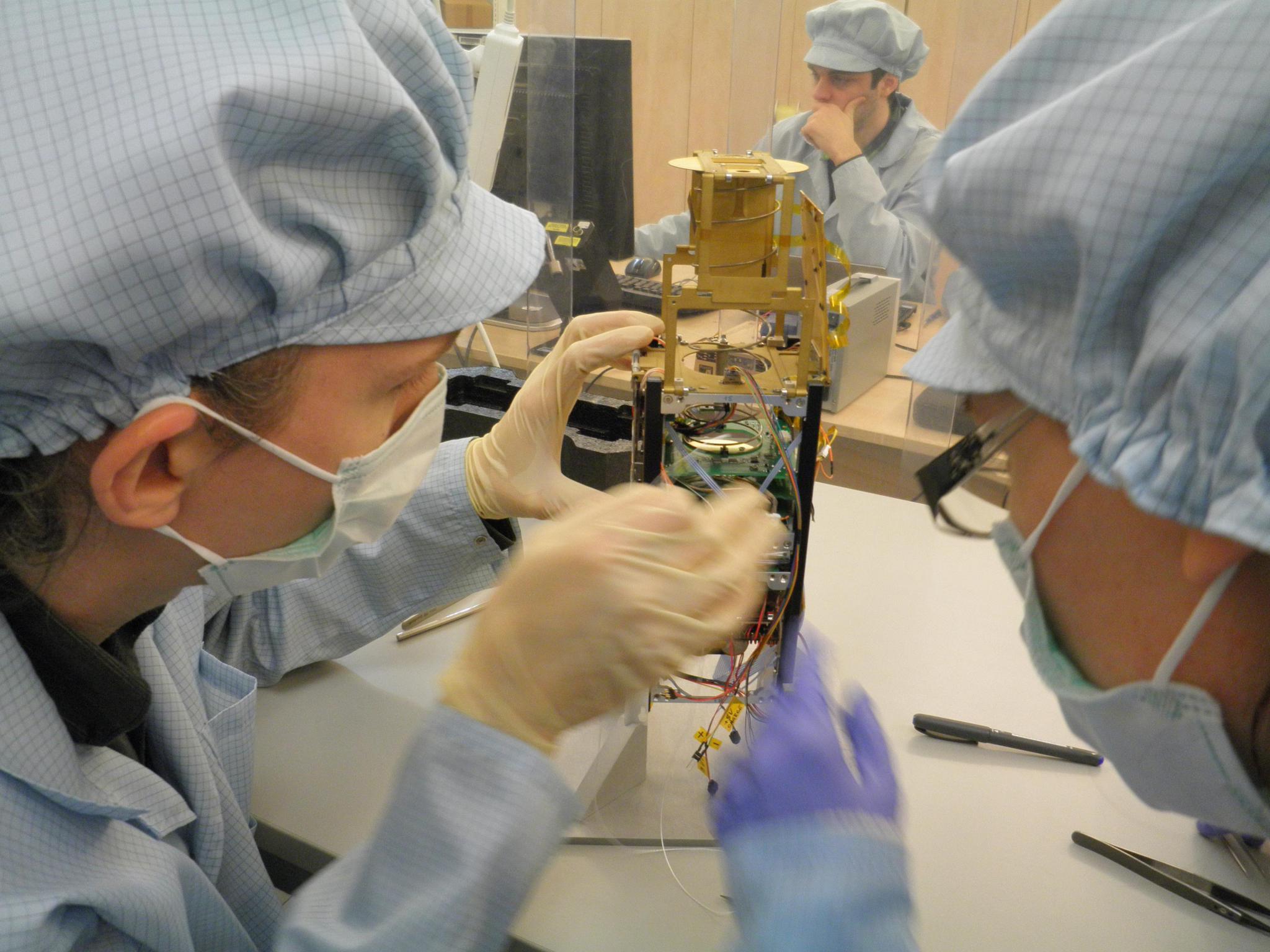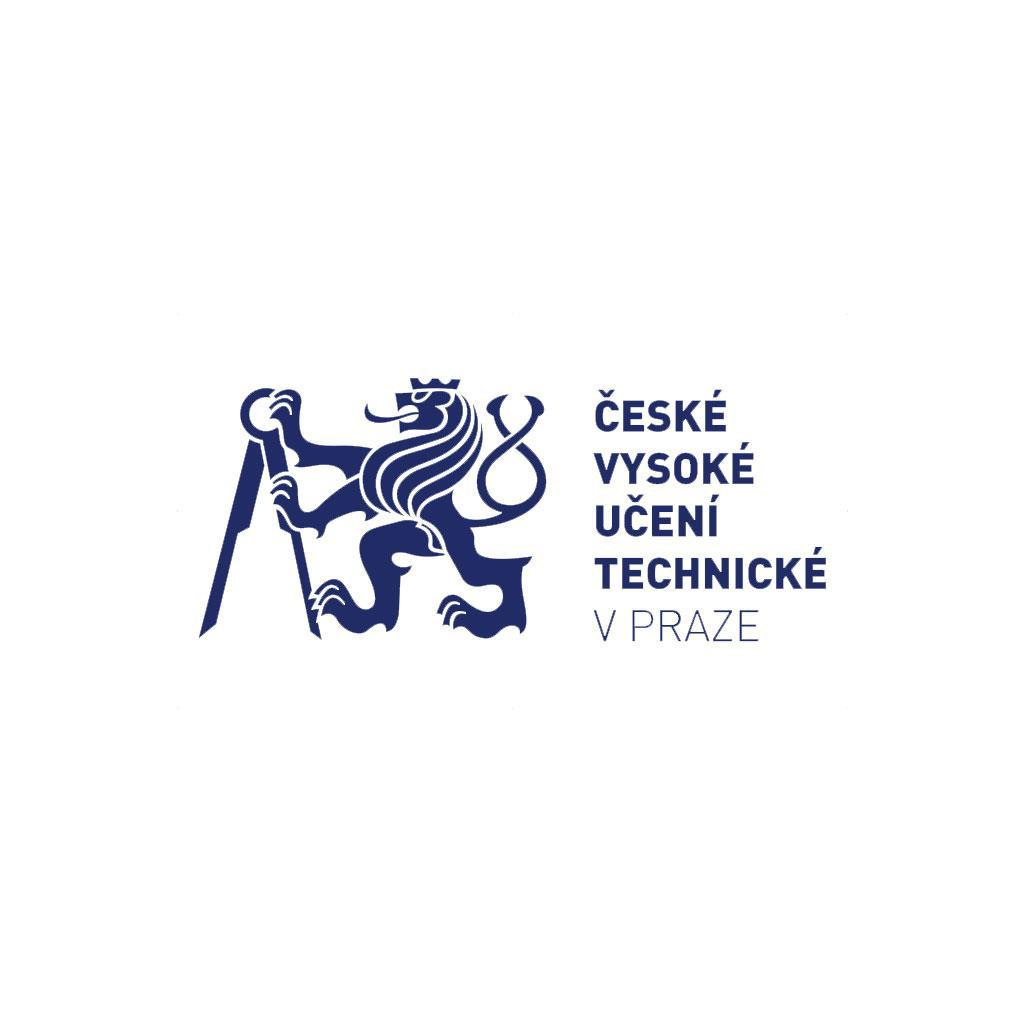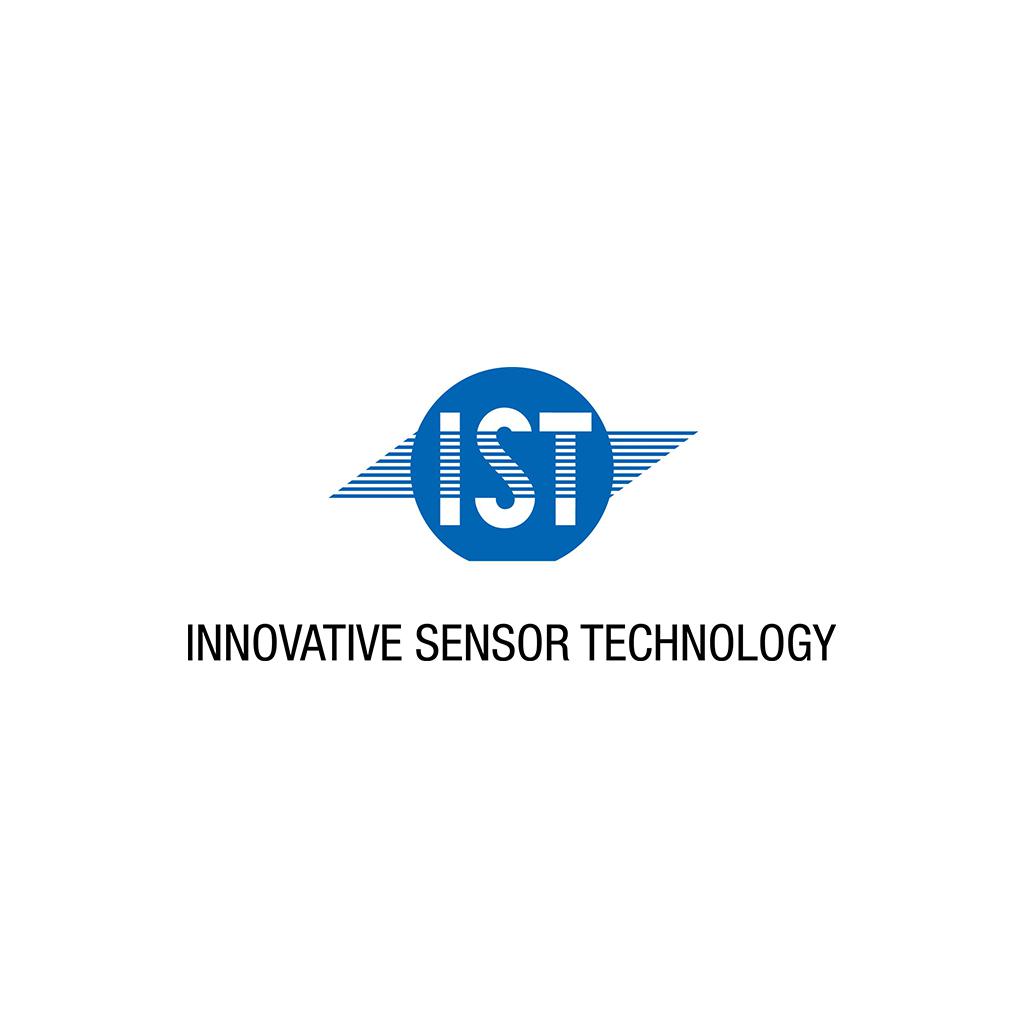CZECH TECHNOLOGICAL satellite
VZLUSAT1
The satellite is in orbit at an altitude of 510 km
The proposed project is the development, manufacturing, qualification and experimental verification of product / technology in orbit (ie. IOD – In Orbit Demonstration) that produce and develop industrial partners. These are radiation-resistant composite housing electronics with high thermal conductivity, a solar panel on the composite substrate array of hollow fillet reflectors on composite-based sensors external environment and the development and manufacturing of components necessary for implementing the experiment on nanosatelite VZLUSAT-1 in orbit, a mechanism hinged panels and the measuring electronics.
Devices onboard the VZLUSAT-1
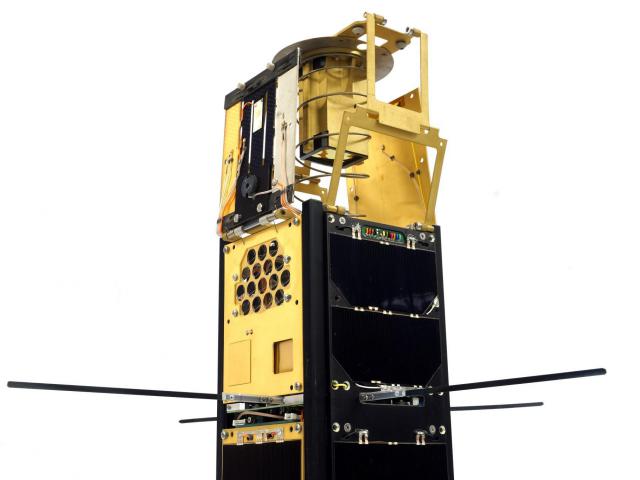
MINIATURIZED X-RAY TELESCOPE
THE PAYLOAD REPRESENTS DEMONSTRATION OF THE NOVEL CONCEPT OF MINIATURIZED X-RAY TELESCOPE IN-ORBIT.
The telescope consists of wide-field optical system “Lobster Eye”. Optics is based on multi-foil optics for X-ray energies from 3 keV up to 30keV. The optics was developed by Czech company Rigaku Innovative Technologies Europe (RITE). Detection is based on pixel sensor Timepix.
New concept allows measuring of higher spectrum energies together with optical-electronic compression of data.
Telescope with this concept can be used in the future for:
-
Space weather forecasting (Solar flares monitoring)
-
Astrophysical all sky GRBs monitor
-
Terrestrial Gamma-ray Flashes monitor
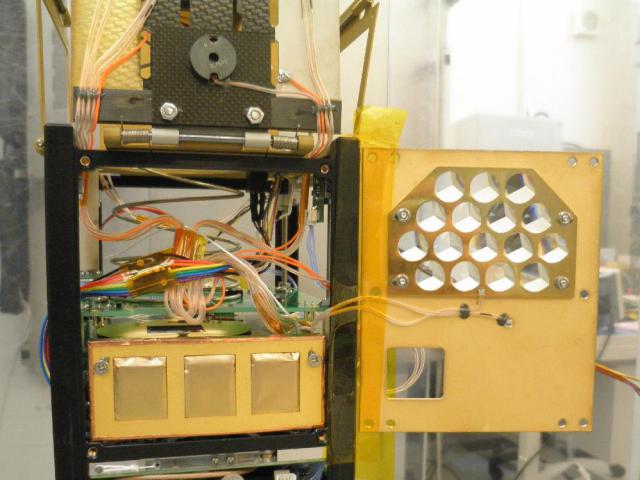
RADIATION HARDENED COMPOSITES
THE TOPIC OF THE MISSION IS TO VERIFY THE AGING PROPERTIES OF THE NEW RADIATION SHIELDING MATERIAL
Shielding material is developed by Czech companies 5M and TTS. This new construction material is composite covered by multilayer metallization. The newly developed material should provide better radiation shielding.
Material properties to be measured on the orbit:
-
Effectiveness of radiation shielding,
-
Mechanical properties,
-
Thermal properties,
-
Volatiles (outgassing).
The material is supposed to be used in the future as shielding material for satellites, spacecraft or habitats in the space, the Moon and Mars.
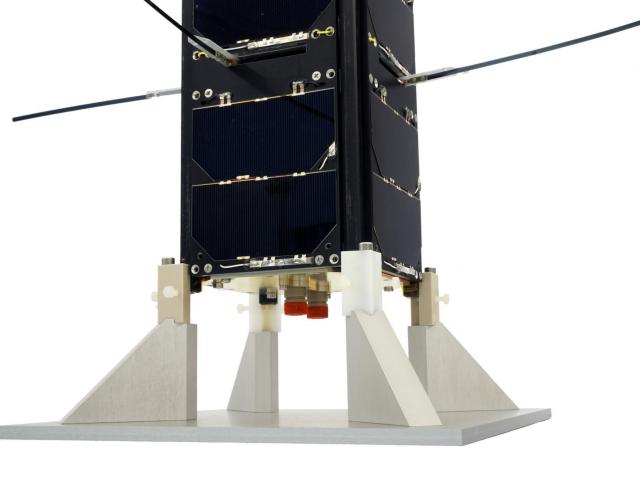
RESEARCH OF ATMOSPHERE BY FIPEX
FIPEX IS INSTRUMENT FOR MEASUREMENTS OF ATOMIC AND MOLECULAR OXYGEN
The VZLUSAT-1 is one of the QB50 multi-spacecraft network for in-situ measurements in the lower thermosphere with onboard FIPEX instrument for measurements of atomic and molecular oxygen.
FIPEX of TU Dresden (ϕ-(Phi=Flux)-Probe-Experiment) is scientific instrument able to distinguish and measure the time resolved behavior of atomic oxygen as a key parameter of the lower thermosphere. Atomic oxygen is the dominant species in these regions and therefore its measurement is crucial in the correlation and validation of atmosphere models. Moreover, erosion of spacecraft surfaces due to interaction with atomic oxygen is a serious concern and merits insitu study in its own right.
The FIPEX Science Unit consists of the following experiments:
- ϕ-(Phi=Flux)-Probe-Experiment (FIPEX) by Institute of Aerospace Engineering, Technische Universität Dresden (TU Dresden), Germany,
- Surface thermal monitors (STM) (supplied by MSSL) by Belgium.

